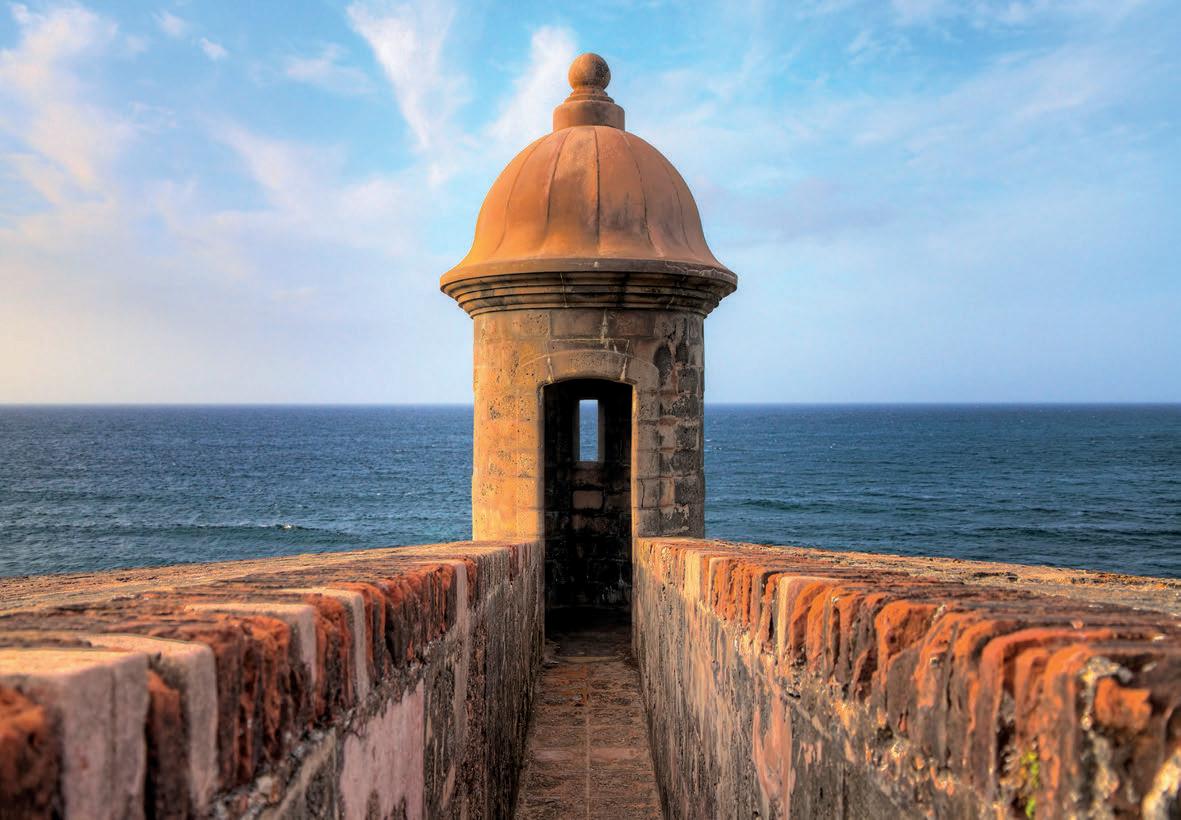
To the Spanish, San Juan was one of the most valuable jewels in their empire. They went to great lengths to protect it. The city's defenses during Spanish colonial rule covered 250 acres and left just 62 acres for other buildings.
DID YOU KNOW?
In 1493, Christopher Columbus named the island of Puerto Rico San Juan Bautista (St. John the Baptist). Meanwhile, the city of San Juan originally was named Puerto Rico (Rich Port). The names were switched in 1520, possibly due to a cartographer's error. Puerto Rico became the name of the island, and the island's largest city and famous port became known as San Juan.
First Fortress
To protect San Juan from foreign enemies and Indigenous Carib people, Spain's King Charles V ordered the construction of La Fortaleza. Begun in 1533, it was San Juan's first fortified building. But its location proved inadequate to guard the entrance to San Juan's harbor. It was captured twice-by the British in 1598 and by the Dutch in 1625.
It eventually was converted to other uses. It has been used as an arsenal and as a prison. Today, it serves as the governor's residence. It is the oldest executive mansion in continuous use in the Americas.
Harbor Outpost
Construction on another fort began in 1539 and lasted until 1786. The Castillo de San Felipe del Morro was built on the tip of the point on San Juan Bay. El Morro was perfectly situated to protect San Juan's port. It began with a simple tower, but it evolved into a massive state-of-the-art example of European military architecture. Its 18-foot-thick walls rise 140 feet above the sea.
It thwarted countless sea attacks by pirates, privateers, and foreign enemies.
This story is from the March 2023 edition of Cobblestone American History Magazine for Kids.
Start your 7-day Magzter GOLD free trial to access thousands of curated premium stories, and 8,500+ magazines and newspapers.
Already a subscriber ? Sign In
This story is from the March 2023 edition of Cobblestone American History Magazine for Kids.
Start your 7-day Magzter GOLD free trial to access thousands of curated premium stories, and 8,500+ magazines and newspapers.
Already a subscriber? Sign In
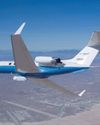
Eye in the Sky
An interview with Joe Piotrowski
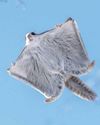
Airborne Animals
Humans have taken to the skies in balloons, gliders, and airplanes-but we're not alone among the clouds. Animals of all sorts have evolved to harness wind power.
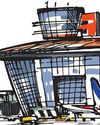
TAKING OFF
The Wright brothers expected airplanes to “take off,” but even they might be amazed at the way the airline industry has become big business. In the past, it was expensive to send something by plane.

GROWTH OF AN INDUSTRY
After their historic flight at Kitty Hawk in 1903, Wilbur and Orville Wright returned to Dayton, Ohio. They spent the next few years making adjustments and building additional versions of their powered aircraft in their bicycle shop.
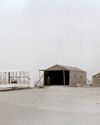
WHY KITTY HAWK?
The Wright brothers searched carefully for the best place to test their gliders and flying machines. Their main concern was for good, steady winds. But they also hoped to find a remote location to allow them to perform tests away from the public eye.
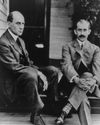
Two Brothers From Ohio
Most people do not realize that the Wright brothers—Wilbur, born in 1867, and Orville, born in 1871—performed various scientific experiments before inventing their aircraft. For as long as anyone in their hometown of Dayton, Ohio, could remember, the Wright boys had worked on mechanical projects.
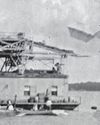
A Helping Hand
May 6, 1896. A group of people who had gathered beside the Potomac River, just south of the U.S. capital, grew quiet. Then, it erupted in cheers as a small, unmanned aircraft took to the skies and flew for more than half a mile. The flight came seven years before the Wright brothers’ first manned, powered flight. The inventor of the aircraft was Dr. Samuel Pierpont Langley.
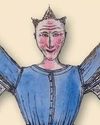
THE IDEA MEN
People dreamed of flying thousands of years before the Wright brothers found success near Kitty Hawk, North Carolina. These dreamers, such as Leonardo da Vinci, studied birds flying and imagined how humans might do the same—if only they had wings. Other men developed a more hands-on approach to the topic. Early inventors made wings of cloth, glue, and feathers and tied these creations to their arms in an attempt to imitate nature.

Da Vinci's 4 Designs
Have you ever wondered how a bird flies? Leonardo da Vinci (1452–1519) did. He thought that understanding how a bird flies would provide the key to human flight. So, what did da Vinci learn from birds?
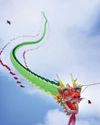
Silken Wings
Seven hundred years before the Wright brothers began experimenting with human flight, the Chinese had already mastered its secrets—with kites.